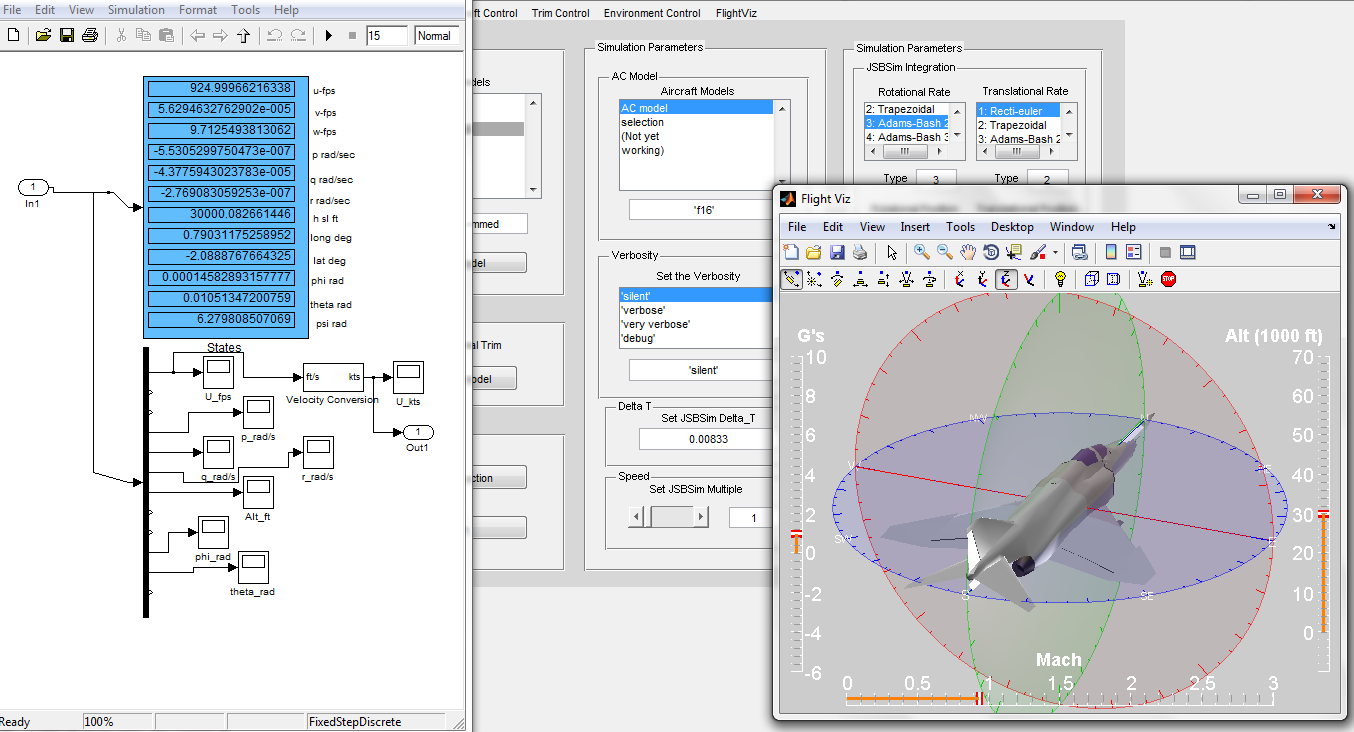
There is no parameter to adjust in the conditional integration scheme. However, it could not improve the rise-time of step response that degrades from the pure linear system. Tracking performance is significantly improved with the conditional integration scheme, inįigure 4 output responses from awupid_m1.zcos Figure 4 is the resulting scope view of output responses. That routes the PID controller output through the output DAC limit block. To see a comparison, connect the selector switch in the upper diagram to input 2. Note: For your convenience, all setups are contained in a script file awupid.sce. Other PID gains remain the same as above. We choose this as some large value, sayįigure 3 PID control with conditional integration scheme Notice that the derivative is implemented as an LPF with additional parameter N. So you can easily use the model with some other plant by constructing a new P. The plant now accepts data from a linear system P in Scilab workspace. The Xcos model awupid_m1.zcos in Figure 3 is built to experiment with this conditional integration scheme, implemented in the lower feedback diagram. Whenever saturation occurs, the integrator is turned off. The easiest one to implement is perhaps monitoring the controller output and comparing with the limits. There is however some variation in deciding when to switch off. Whenever there is some indication that saturation is causing error accumulation, the integrator in PID controller is turned off. The idea of conditional integration scheme is simple. Furthermore, the modified structure from our article Discrete-time PID Controller Implementation is used i.e., the derivative part is replaced by Low-pass Filter for better noise immunity.įigure 2 response comparison from mypid.zcos So instead of using the PID block from Scilab palette, we have to construct our own, which is not difficult to do. To implement anti-windup, we will have to add extra mechanisms into our PID controller. Notice that the windup effect for this system does not cause higher overshoot, but degrades significantly the rise time of step response. Save the data to different variable names and plot a comparison. Run the simulation twice, first time as pure linear system (switch connected to input 1) and second time with output limit in effect (switch connected to input 2). The command input is a switching step command that starts from 0 to 1000 units at t=0.1 sec and switch to – 1000 units at t=20 secs. Setup the PID block by parameters achieved from the ZNFD tuning in Digital PID Controllers, and converted by (3). Further discussion of this setup can be read from our Scilab Recipe 2: Xcos Block Seasoning.įigure 1: Xcos diagram with saturation block The saturation is set up to + 511, a limit for 10-bit DAC or PWM. An output limit block is connected to the PID controller output, which can be switched on/off by a selector. To see how integrator windup deteriorates the step response, we use an Xcos diagram mypid.zcos shown in Figure 1. Effects of Integrator Windup on Step Response Those parameters will be used in the simulation. Which we already performed parameter tuning in that article. The plant used is the same one from our Digital PID Controllers article. This variation should not pose a problem since the parameters between the two can be related by Some tuning methods such as Ziegler Nichols use the form (1). The second one is the parallel form used in Scilab Xcos block Is often referred to as the textbook form. Here we only investigate two basic schemes: conditional integration and back calculation.īefore further discussion, we have to review the two commonly-used forms of PID. There are variations of implementation out there. To combat with the detrimental windup effects, a commercial PID controller often has some additional function called anti-windup. This results in worse step and disturbance responses than the case of pure linear system.

When that happens, the feedback loop breaks, causing error accumulation in the integrator. It happens when the integral term is used with some nonlinear saturation in the loop, such as when a physical variable reach its limit. Integrator windup in PID feedback control is well-known to control engineers. This content was kindly contributed by Dew Toochinda, the Scilab Ninja, and originally posted on


 0 kommentar(er)
0 kommentar(er)
